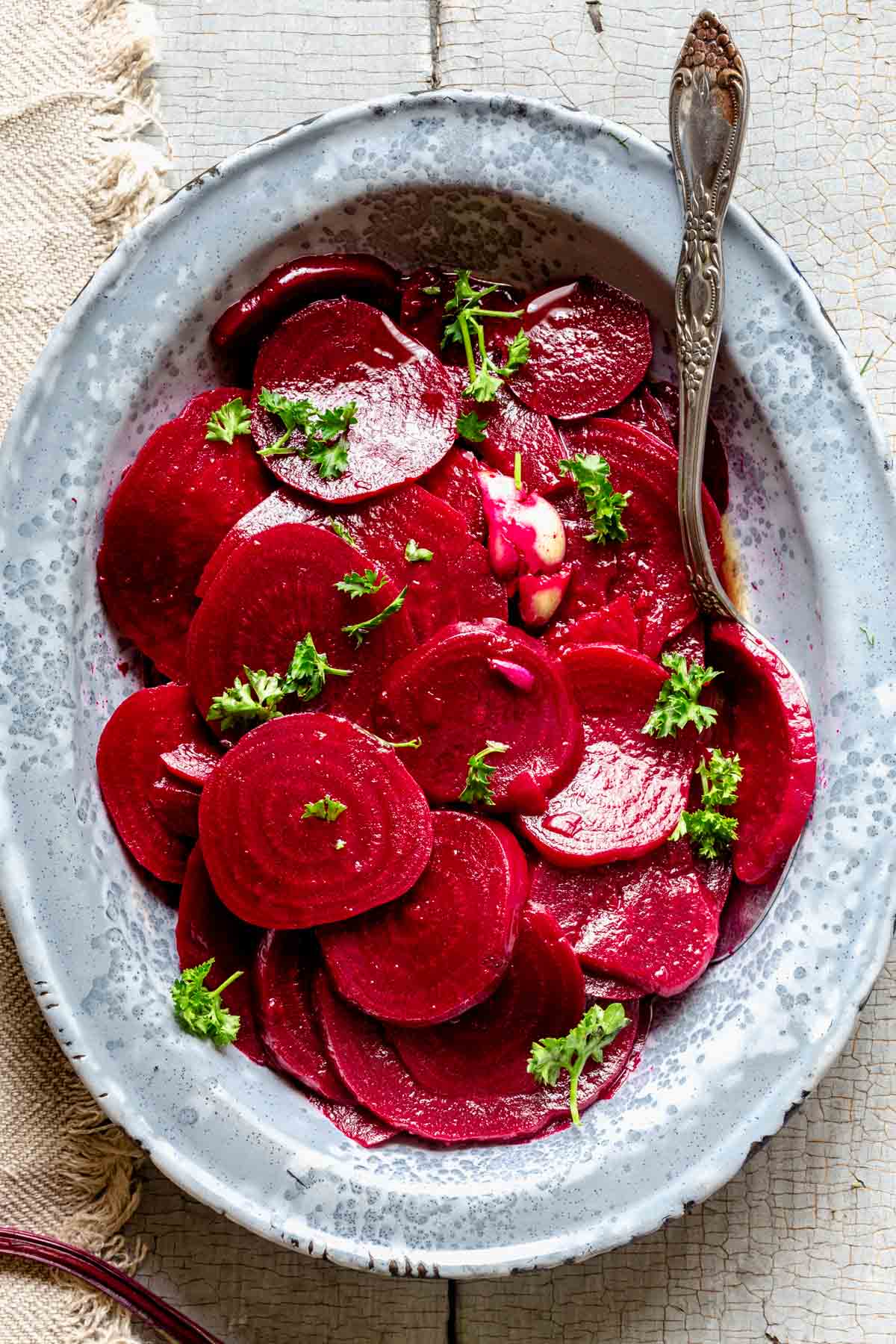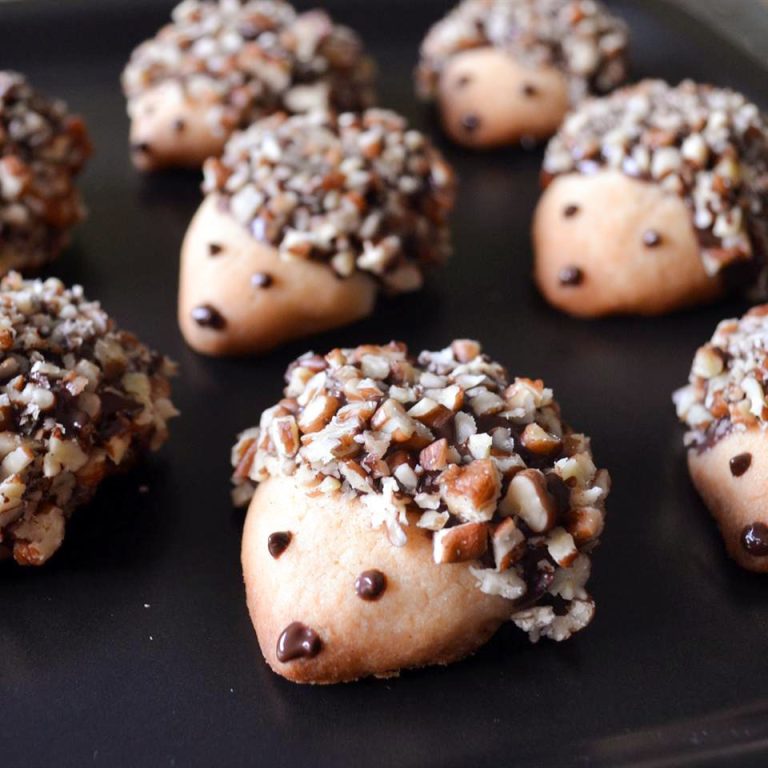Pickled Beets Recipe: Flavorful, Nutritious, and Easy to Make
Pickling has ancient origins, with evidence dating back over 4,000 years. Beets, native to the Mediterranean region, were initially cultivated for their leaves. However, the Romans recognized their root’s culinary value and began pickling them. This method spread across Europe, with each culture adding unique flavors and techniques. Pickled beets became a staple in Eastern European diets, particularly in Russia and Poland, due to their long shelf life and nutritional benefits. In these regions, they were often served during winter months, providing essential vitamins.
Historical Methods vs. Modern Techniques
The basic principles of pickling have remained unchanged, though methods have evolved. Historically, people used clay crocks to ferment beets, relying on natural bacteria and salt to preserve them. This process required weeks and resulted in distinctive, tangy flavors. Modern techniques offer quicker and more controlled methods. Today, you can use vinegar and sugar solutions to pickle beets in hours, not weeks. While the traditional method still exists for those seeking authenticity, modern approaches provide convenience without sacrificing flavor. Both methods offer the distinct, vibrant taste that pickled beets are known for, allowing you to choose based on time and preference.
Health Benefits of Homemade Pickled Beets
Nutritional Content
Homemade pickled beets contain essential nutrients like folate, manganese, and potassium. Folate supports cell division and DNA synthesis. Manganese assists in bone formation and nutrient metabolism. Potassium helps maintain fluid balance and nerve function. These nutrients contribute to overall health and offer several benefits.
Health Advantages of Fermented Foods
Fermented foods, including pickled beets, promote gut health by increasing beneficial bacteria in your digestive system. These probiotics help improve digestion and enhance immune function. Fermentation also increases the availability of nutrients, making your body more efficient at absorbing vitamins and minerals. Regular consumption of fermented pickled beets can support a healthy, balanced gut flora.
Essential Ingredients for Homemade Pickled Beets
Choosing the Right Beets
Pick the freshest beets to ensure optimal taste and texture. Look for firm, round beets with smooth skin. Preferably select beets with bright green tops; they indicate freshness. Medium-sized beets tend to pickle more evenly than larger ones.
Spices and Vinegar Varieties
Add spices for enhanced flavor. Common choices include mustard seeds, dill seeds, and peppercorns. Experiment with flavors like cloves or allspice for variety.
Use vinegar with at least 5% acidity for safe pickling. White vinegar is classic for its clean taste. For a more robust profile, try apple cider vinegar. White wine vinegar provides a subtle flavor perfect for sophisticated palates.
Step-by-Step Guide to Making Homemade Pickled Beets
Preparing the Beets
Begin by selecting fresh beets. Choose beets that are firm, smooth, and have deep maroon or purple skin. Wash the beets thoroughly under running water to remove any dirt, using a vegetable brush if necessary. Trim the leaves, leaving about 1 inch of the stem to prevent bleeding during cooking.
Boil the beets in a large pot. Cover them with water and cook for about 20-30 minutes for small to medium-sized beets, or until they can be easily pierced with a fork. Drain the beets and let them cool. Once cool, peel off the skins using your hands or a vegetable peeler. Slice the beets into uniform pieces, such as rounds or wedges, to ensure even pickling.
The Pickling Process
Sterilize your jars and lids. Place them in a boiling water bath for 10 minutes to kill any bacteria. Prepare the pickling brine by combining vinegar, water, sugar, and salt in a medium saucepan. Use a ratio of 2 cups vinegar to 1 cup water, 1.5 cups sugar, and 1 tablespoon salt. Adjust according to taste. Add spices like mustard seeds, dill seeds, and peppercorns to the brine for extra flavor.
Bring the mixture to a boil to dissolve the sugar and salt. Pack the sliced beets into the sterilized jars, leaving about 0.5 inch of headspace at the top. Pour the hot brine over the beets, ensuring they are completely submerged. Seal the jars with sterilized lids and bands.
Process the jars in a boiling water bath for 10 minutes. Once done, remove the jars and let them cool. Store the pickled beets in a cool, dark place. They are ready to eat after 2-3 weeks and can be refrigerated for up to 6 months.
Creative Ways to Enjoy Homemade Pickled Beets
Salad Toppings
Elevate salads with the tangy addition of homemade pickled beets. Add thin beet slices to mixed greens, goat cheese, and toasted nuts for a vibrant dish. Enhance texture and flavor complexity in Greek salads by mixing in pickled beet cubes. For grain bowls (like quinoa or farro), use beets to provide a colorful and nutritious boost.
Sandwiches and Burgers
Transform sandwiches and burgers with the unique taste of pickled beets. Layer beet slices on a turkey sandwich for a zesty twist. Add beets to a veggie burger for a satisfying crunch and tang. For an innovative Reuben sandwich, substitute traditional pickles with pickled beets for a sweet and sour flavor profile.
Conclusion
Making homemade pickled beets is a rewarding experience that adds a delicious and nutritious element to your culinary repertoire. With their rich history and cultural significance, pickled beets offer a unique way to enjoy fresh produce year-round. By following the simple steps outlined, you can create a versatile ingredient that enhances a variety of dishes. Whether you’re looking to add a tangy twist to salads or elevate your sandwiches and burgers, homemade pickled beets are a fantastic addition to your kitchen. So why not get started and enjoy the vibrant flavors and health benefits of this timeless treat?






